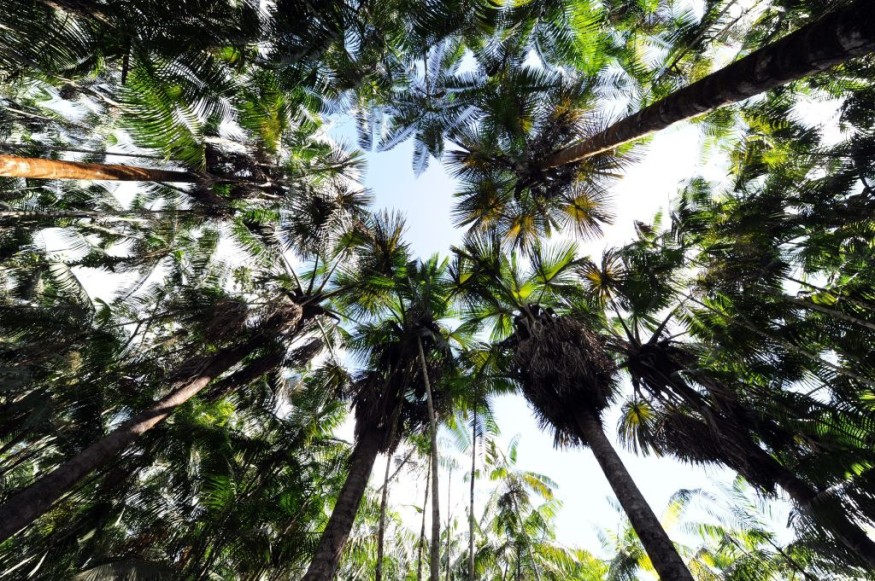Tree growth is not only limited to photosynthesis, according to a new study.
A research team led by the University of Utah discovered cell growth is another factor that determines how trees grow and to what extent.
While tree age and tree species, relative to their location, are crucial for a tree's size, the discovery is considered to be the first of its kind.
Following the novel findings, the study suggested there should be a paradigm shift in the way we think about forecasting forest growth amidst climate change.
Over recent decades, the number of trees worldwide has significantly declined due to both human activities and natural hazards.
Novel Research

In the new paper published in the journal Science on Thursday, May 12, the study started with the evidence that forests have been expected to mitigate the effects of the climate crisis by absorbing carbon dioxide, which can boost photosynthesis and carbon uptake.
However, the study claims the maximum amount of carbon that woods can store depends on water, nutrient availability, and temperature.
With a focal focus on this aspect, the approach of the study shifted from the conventional scientific inquiry of tree growth.
The study's results yielded that there is a weak correlation between productivity and tree growth, also called by the researchers as wood growth; which exhibited varying responses based on the seasonal temperatures and water availability.
The researchers concluded their study portrays limiting factors to tree growth, especially in dry and cold regions, which may prohibit forest carbon storage.
Photosynthesis and Cell Growth
Since it was found that the absorption of carbon is not absolute and unlimited, the researchers focused on tree cell growth, which is affected by both photosynthesis and by environmental conditions.
In tree biology, cell growth is a crucial aspect of tree growth yet it remains a fundamental question.
It has been long thought to us that trees produce their own food through the process of photosynthesis.
According to the Smithsonian Science Education Center (SSEC), all plants and even algae, as well as some microorganisms perform photosynthesis.
In order to make food, plants require carbon dioxide, water, and sunlight, the SSEC emphasized.
Under photosynthesis, plants absorb water and minerals from the ground through their roots.
The leaves then absorb carbon dioxide and release oxygen into the air. Meanwhile, sunlight gives plants chloroplasts energy in order to generate sugar, which acts as food.
Declining Tree Population
Illegal deforestation, as well as destructive winds and flooding from violent storms, are some of the main culprits for a declining tree population worldwide.
In Brazil's Amazon Rainforest alone, the first quarter of 2022 showed the highest record of deforestation, clearing a total forest area of 941.34 square kilometers (363 square miles) between January and March, according to the country's National Institute for Space Research (INPE), as cited by CNN.
The number of trees has decreased by approximately 46% since the dawn of human civilization and there are 15 billion trees lost on a yearly average, according to Thomas Crowther, an ecologist at Yale University, who led a previous study about trees, as cited by Reuters.
© 2025 NatureWorldNews.com All rights reserved. Do not reproduce without permission.





